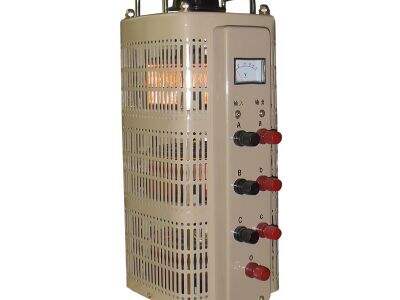A ventilação adequada é essencial para que o regulador de tensão permaneça frio. Quando você exige muito do seu regulador de tensão em um sistema de alta corrente, ele fica bastante quente. Por isso, é importante garantir que haja ar fresco circulando ao redor para ajudar no resfriamento. Seu regulador de tensão pode não funcionar bem ou até mesmo quebrar se ficar muito quente. Portanto, tente deixá-lo respirar em algum momento.
Um dissipador de calor pode ser usado para remover o excesso de calor.
O dissipador de calor age como uma espécie de ferramenta, ou um dispositivo que tenta retirar o máximo de calor excessivo do seu regulador de tensão fora do caminho. É como uma capa de super-herói para o seu regulador de tensão. Com um dissipador de calor instalado no seu regulador de tensão, você pode ajudar a mantê-lo em uma temperatura segura e garantir que ele continue funcionando conforme o esperado.
Com uma manutenção adequada, o acúmulo de poeira será evitado, prevenindo superaquecimento.
Assim como você se alimenta de forma saudável para poder manter seu quarto limpo, o seu regulador de tensão precisa de manutenção para poder operar com eficiência também. Poeira e sujeira podem se acumular sobre ele ao longo do tempo e potencialmente causar aquecimento excessivo. Você pode ajudar a evitar problemas de superaquecimento e garantir que o dispositivo funcione sem interrupções fazendo uma limpeza ocasional.
Certifique-se de que o regulador de tensão tenha o tamanho e a capacidade adequados para a carga do sistema.
Você precisa ter um regulador de tensão adequado para suportar o tamanho e a potência de que você necessita. Se a alimentação for muito pequena ou fraca, corre o risco de ficar sobrecarregada e superaquecida. Mas se ela for muito grande e potente, pode ser ineficiente e aquecer à toa. Então, escolha o adequado regulador de tensão de acordo com o seu sistema.
Você pode optar por utilizar algum tipo de ventilador ou sistema de refrigeração para dissipar mais corrente em sistemas de maior intensidade.
Se o seu sistema de alta corrente estiver exigindo ao máximo o regulador de tensão, você talvez queira resfriá-lo um pouco com um ventilador ou algum tipo de dissipador de calor personalizado. Assim como uma brisa fresca pode deixá-lo mais confortável em um dia quente, um ventilador ou sistema de refrigeração pode garantir que seu regulador de tensão não fique muito quente e cause problemas.
Sumário
- Um dissipador de calor pode ser usado para remover o excesso de calor.
- Com uma manutenção adequada, o acúmulo de poeira será evitado, prevenindo superaquecimento.
- Certifique-se de que o regulador de tensão tenha o tamanho e a capacidade adequados para a carga do sistema.
- Você pode optar por utilizar algum tipo de ventilador ou sistema de refrigeração para dissipar mais corrente em sistemas de maior intensidade.
 EN
EN
 AR
AR
 FR
FR
 EL
EL
 HI
HI
 PT
PT
 RU
RU
 ES
ES
 TL
TL
 ID
ID
 UK
UK
 VI
VI
 TH
TH
 TR
TR
 FA
FA
 MS
MS
 AZ
AZ
 KA
KA
 UR
UR
 BN
BN
 GU
GU
 HA
HA
 IG
IG
 KM
KM
 LO
LO
 LA
LA
 MR
MR
 MN
MN
 NE
NE
 SO
SO
 TA
TA
 YO
YO
 ZU
ZU
 MY
MY
 KK
KK
 MG
MG
 KU
KU
 KY
KY
 SD
SD

